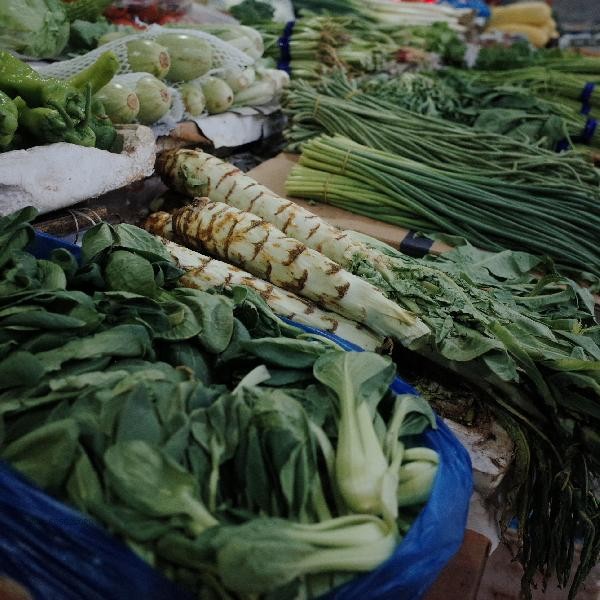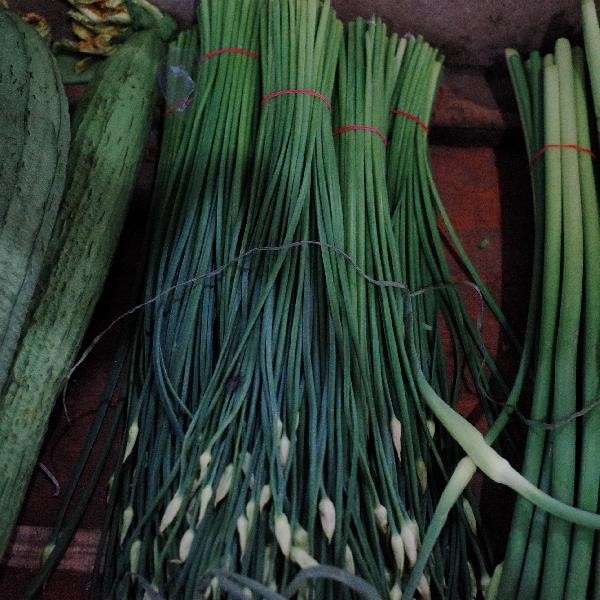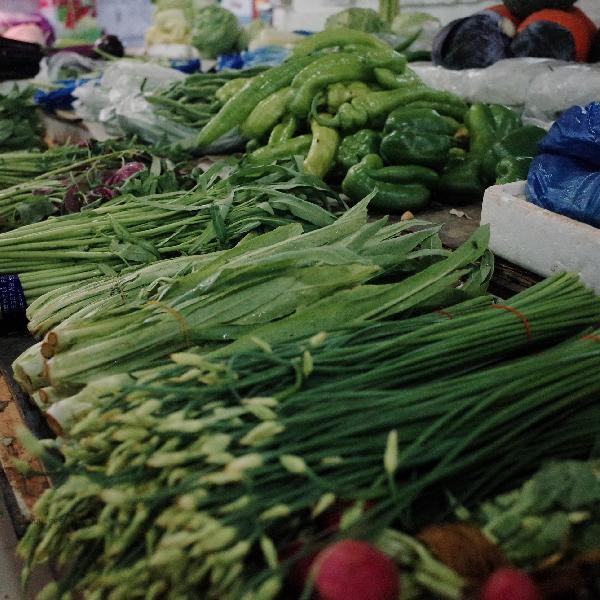Long term preservation of vegetables can be achieved through methods such as refrigeration, vacuum sealing, blanching and freezing, drying, and cellaring. Different preservation methods are suitable for different types of vegetables, and the appropriate method should be selected according to actual needs.

1. Refrigeration preservation
Dry the surface moisture of the vegetables and place them in a preservation bag. Place a layer of kitchen paper inside the bag to absorb excess moisture and place them in the vegetable preservation compartment of the refrigerator. Green leafy vegetables such as spinach and rapeseed can be stored for 3-5 days using this method, while root vegetables such as carrots and white radishes can be stored for 1-2 weeks. Be careful not to refrigerate directly after cleaning to avoid accelerated decay in humid environments.
2. Vacuum sealing
Use food grade vacuum bags and vacuum equipment to seal and store washed and dried vegetables. A vacuum environment can isolate oxygen, inhibit microbial growth, and extend the shelf life of vegetables to 7-10 days. Suitable for storing perishable vegetables such as broccoli and Dutch beans, but vegetables with delicate leaves may be damaged by vacuum pressure.
3. Blanch and freeze
Blanch the vegetables for 30 seconds, then immediately supercool them, drain the water, and pack them into a freezer bag. Freezing storage can maintain the nutrition of green vegetables for 2-3 months, suitable for vegetables such as beans and peas. When consumed, it can be cooked directly without thawing, but the taste will become softer, making it more suitable for stewing dishes. Pay attention to the significant changes in texture of leafy vegetables after freezing.

4. Drying treatment
Dry vegetables are made by removing moisture from vegetables through sun drying, drying, or air drying methods. Traditional air drying requires continuous sunny weather, while modern food dryers can control the temperature between 50-70 ℃ to complete dehydration. Dried scallions, cabbage, etc. can be sealed and stored for more than half a year. When using, they should be soaked in advance, as some vitamins may be lost but minerals are well preserved.
5. Cellar storage
Store root vegetables in a cool environment such as a cellar or basement by burying or hanging them in sandy soil. Cabbage, potatoes, etc. can be preserved for 1-2 months using this method, and the environmental temperature should be maintained at 0-4 ℃ and humidity at around 85%. Regularly check and eliminate rotten individuals to avoid fungal infection. Modern families can use foam boxes to simulate the cellar environment. When storing green vegetables, attention should be paid to the adaptability differences of different types to storage conditions. Green leafy vegetables are preferred for short-term refrigeration, while root and stem vegetables are suitable for long-term cellar storage. All rotten parts should be removed before storage to avoid cross contamination. Freezing storage can change the texture but result in less nutrient loss, while drying is suitable for seasoning vegetables for cooking. It is recommended to store vegetables in batches according to the consumption plan, and fresh vegetables should be consumed within one week to obtain the best nutritional value. Long term stored vegetables should be thoroughly checked for spoilage before consumption, and the heating time should be appropriately extended during cooking to ensure food safety.









Comments (0)
Leave a Comment
No comments yet
Be the first to share your thoughts!